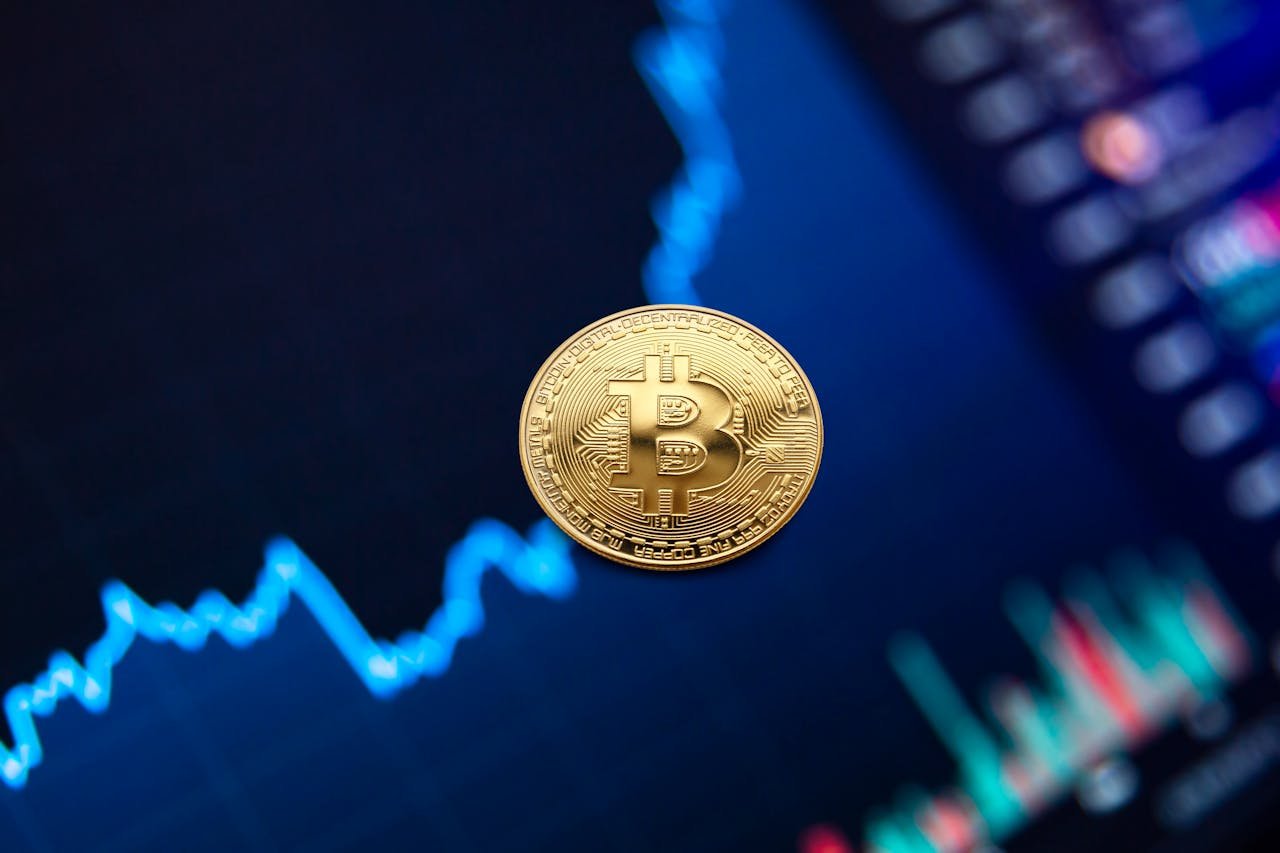Physical Address
304 North Cardinal St.
Dorchester Center, MA 02124
Physical Address
304 North Cardinal St.
Dorchester Center, MA 02124

With the explosion of interest in cryptocurrencies, the number of crypto exchanges has surged as well. Unfortunately, so have the number of fake exchanges looking to take advantage of unsuspecting investors. These fraudulent platforms often mimic legitimate exchanges in appearance but are designed solely to steal your funds or personal information. Spotting a fake crypto exchange can be challenging, especially for those new to the crypto world, but by being vigilant and knowing what to look for, you can protect yourself from falling victim to these scams.
Example: Instead of “Binance.com,” a scam site might use “Binance-exchange.com” or “Binanc3.com.”
b. Lack of Regulatory Compliance
Legitimate crypto exchanges usually adhere to regulatory requirements and display this information prominently on their websites. They will have licenses from financial authorities in their operating jurisdictions and typically provide details about their regulatory status. Fake exchanges, on the other hand, often lack this transparency.
Tip: Check if the exchange is registered with relevant financial authorities in its country of operation. If this information is missing or unclear, it’s a significant red flag.
c. Unrealistic Promises and Offers
If an exchange promises guaranteed high returns, extremely low fees, or offers promotions that seem too good to be true, it likely is. Scammers use these tactics to lure victims into depositing their funds, only to make them disappear.
Tip: Be skeptical of exchanges that promise guaranteed profits or returns. In the volatile world of cryptocurrency, no legitimate platform can offer such assurances.
d. Poor Website Design and Functionality
While not always the case, many fake exchanges have poorly designed websites with broken links, incomplete pages, or unprofessional layouts. Additionally, these websites might lack essential features such as security certificates (look for “https://” in the URL) or proper customer support channels.
Tip: Test the website’s functionality, including the registration process, customer support, and any listed features. A poorly functioning site is often a sign of a scam.
e. No Information About the Team
Legitimate exchanges typically provide information about their team, including their founders, executives, and key employees. This transparency helps build trust with users. Fake exchanges, however, often have anonymous teams or use fake names and stock photos to create the illusion of legitimacy.
Tip: Research the team members listed on the exchange’s website. Check their LinkedIn profiles, previous experience, and any public records to ensure they are real people with a verifiable history in the industry.
Tip: Use trusted review platforms and forums, such as Reddit or Trustpilot, to gather unbiased opinions. Pay attention to recurring issues or complaints.
b. Test with Small Transactions
If you’re uncertain about an exchange but still want to try it, start with small transactions. Deposit a minimal amount of cryptocurrency or fiat currency to test the platform’s withdrawal process and overall functionality.
Tip: Ensure that you can withdraw funds smoothly and without unreasonable delays or fees. If there are any issues during the process, avoid using the platform further.
c. Verify the Exchange’s History
Research the exchange’s history to see how long it has been operating. Established exchanges with a proven track record are generally safer to use. Fake exchanges often have short histories or sudden name changes to avoid detection.
Tip: Use tools like WHOIS to check the domain registration date and history. If the exchange is brand new or has undergone multiple rebrandings, proceed with caution.
d. Check for Security Features
Legitimate exchanges prioritize security and often provide detailed information about their security measures, such as cold storage, two-factor authentication (2FA), and encryption protocols. Fake exchanges usually lack these features or provide vague, non-technical descriptions of their security.
Tip: Only use exchanges that offer strong security measures and encourage their users to enable features like 2FA. A lack of robust security options is a warning sign.
b. Report the Exchange
Report the exchange to relevant authorities, such as the financial regulator in your country, and spread the word in crypto communities. This can help prevent others from falling victim to the scam.
c. Stay Vigilant
Even if you haven’t been scammed, always stay vigilant. The tactics of fake exchanges are constantly evolving, so it’s crucial to keep up with the latest trends and warnings in the crypto space.